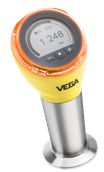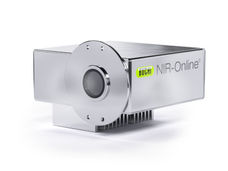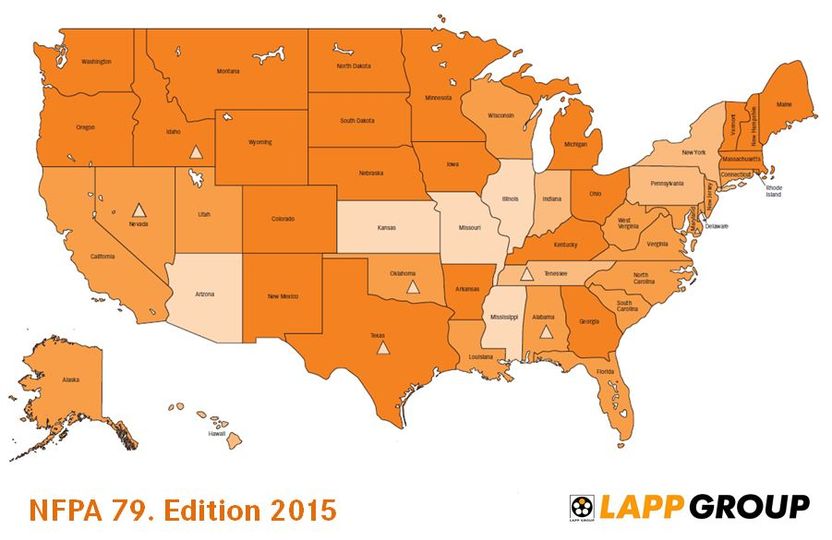New sensor identifies gases more accurately with a ‘speed camera’ system
Modular platform enables a wide range of applications: from early detection of diabetes and leaks in the chemical industry to freshness monitoring of fruit and vegetables
Advertisement
From breath analysis to explosive detection: these applications require reliable electronic ‘noses’. Unfortunately, current technology often falls short. That is why researchers at KU Leuven have developed a flexible sensor platform that not only detects gases, but also records their speed—like a speed camera. The technology, which has been published in Nature Communications and has since been patented, measures how fast molecules move through a special nanomaterial. This opens the door to a wide range of applications.
Traditional chemical sensors usually measure how much of a specific substance adheres to a surface. But the air contains hundreds of volatile organic compounds (VOCs), often in low concentrations and all mixed together. To make things even more complex, water vapour is often a thousand times more abundant than the target substances, making it difficult for many sensors to take accurate measurements. The result: poor reliability and precision.
KU Leuven’s new sensor platform uses metal-organic frameworks (MOFs): materials with a network of nanopores that are all exactly the same size. These act like molecular speed cameras. When gas molecules move through the pores at a slightly elevated temperature, they do so at different, specific speeds depending on their structure. That speed acts like a fingerprint. By measuring the speed, researchers can distinguish between different gases, even under challenging conditions where traditional sensors fail.
Scalable platform
What makes the KU Leuven approach unique is that it is a scalable platform. ‘By adjusting the metal-organic framework, we can tailor the sensor to specific gases without changing the underlying technology,’ Verstreken explains. ‘The system remains compact, energy-efficient and high-performing. Even in humid environments or with complex gas mixtures and low concentrations, it outperforms commercial electronic noses.’
A patent application has been submitted for the specific sensor structure, as there is a broad range of potential applications for this technology. Think of a breath test for early diabetes diagnosis. Or detecting leaks in the chemical industry and faults in Li-ion batteries, monitoring indoor or outdoor air quality, or tracking the freshness of fruits and vegetables in storage. Even concealed explosives or drugs can be detected more quickly and accurately with this technology. Because of its modular design, the sensor can be adapted to each task: choose the right MOFs, and the platform makes it work.
‘This is not a sensor built for one specific task, but a modular platform,’ Verstreken emphasises. ‘By selecting the right MOF or combination of MOFs, you can tailor the sensor to what you want to detect. That flexibility makes our platform suitable for a wide range of sectors, from healthcare to security.’
Recognition
The study was published in the journal Nature Communications. With this research, Margot Verstreken also won the Belgian edition of Falling Walls, an international science communication competition. In November, she will represent Belgium at the world final in Berlin, competing against young researchers from over a hundred countries.




























































